Whether it’s lemon, orange, lime, grapefruit, or something less common like calamansi limes or kumquats, citrus and pepper just go together. Aside from the lemon pepper wing craze (in which I am deeply involved), citrus and pepper can elevate almost any savory dish – lamb chops, grilled chicken, salmon, salad dressings. Making your own citrus pepper isn’t only fun to do and delicious, it’s a great way to monitor how much salt you’re actually using.
Your grocery list
Produce
- Whatever citrus you prefer or have on hand – 2 lemons, 1 grapefruit or orange, 2-3 limes, etc. or a combination of these
Pantry items
- Whole black peppercorns (1/4 is usually enough to use for a few different recipes)
Equipment/tools you’ll need
- Dehydrator – the oven can be turned down to 170º-180ºF to dehydrate the peels if you don’t have an official machine for dehydrating
- Spice grinder – a mortar and pestle can be used for a less uniform, chunkier spice blend, but it will take more time and some elbow grease
- Airtight container or jar for storage
How to make your own citrus pepper
1) Peel and dehydrate the citrus of your choice
- Use a potato peeler (if you want to be able to control if there are some larger pieces in your spice blend)
- Using a grater to zest the peel could work if you don’t have a peeler. Keep in mind that this could introduce extra moisture and oils that would need to be dried out. On the flip side, the smaller pieces of zest will likely dry out faster than larger pieces of peel.
- Do whichever you prefer/have the tools for.
- To dehydrate: if you have a machine used for dehydrating, use as instructed. If using an oven: heat the oven to the lowest setting possible (between 170º and 190ºF). Line a baking sheet with parchment paper and add peels or zest in a single, even layer. Bake for 20 minutes then check every 5 minutes to see if they are completely dried.
2) Grind dried citrus peel/zest with pepper
- Once dried, combine the peel with black peppercorns and any other spices or seasonings you’d like.
- Grind until it reaches your preferred texture – spice blends range from very fine powders to mixes with rustic, larger pieces.
- For marinating/seasoning, I’d go with a blend on the finer side of things.
- For soups, pastas, anything where the spice blend will have the chance to simmer in some sort of liquid, a coarser spice blend is fine.
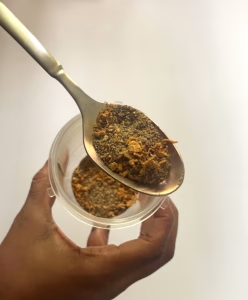
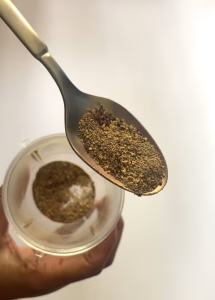
How to store your citrus pepper
Store citrus pepper in an airtight container of some sort. It can sit on the counter at room temperature for up to a week. It will be safer for longer if stored in the fridge. You can’t be sure if the citrus is 100% dehydrated and bacteria could grow from the tiniest bit of moisture.
Ways to use citrus pepper
- Use in marinades and when seasoning chicken or fish for your next cookout or fish fry
- Mix with melted butter and hot sauce for a delicious sauce for your next batch of wings
- Use in salad dressings
- Add to eggs or omelets
Equipment
- Dehydrator or oven
- Spice grinder
- Airtight container
Ingredients
- 1 large grapefruit
- 1/4 cup black peppercorns
Instructions
- Wash and peel the grapefruit. Avoid including the bitter, white pith.
To dehydrate
- If you have a machine used for dehydrating, use as instructed. If using an oven: heat the oven to the lowest setting possible (between 170º and 190ºF). Line a baking sheet with parchment paper and add peels or zest in a single, even layer. Bake for 20 minutes then check every 5 minutes to see if they are completely dried.
Grind until it reaches your preferred texture.
- Once dried, combine the peel with black peppercorns and any other spices or seasonings you’d like.
- Grind dried citrus peel/zest combined with pepper until it reaches the desired texture.
- Store in airtight container.
Notes
- Instead of a grapefruit, you can use:
- 1 orange
- 2 lemons
- 2 limes
- For marinating/seasoning, I’d go with a blend on the finer side of things.
- For soups, pastas, anything where the spice blend will have the chance to simmer in some sort of liquid, a more rustic spice blend is fine.

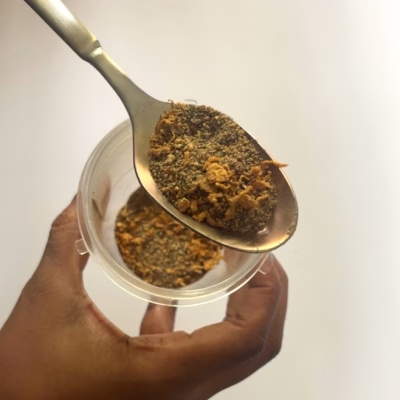
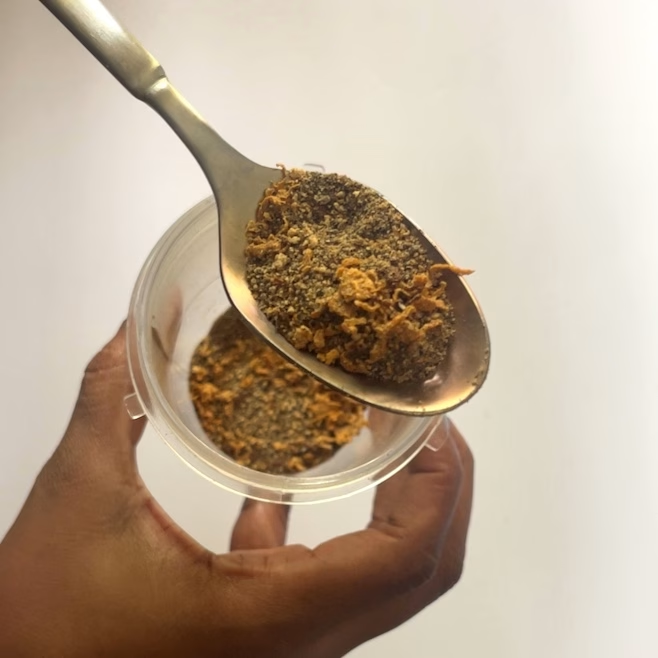
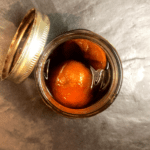
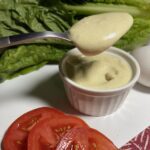
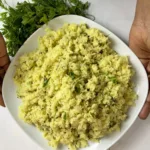
Leave a Reply